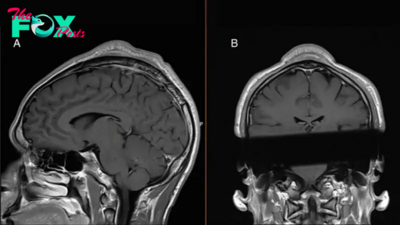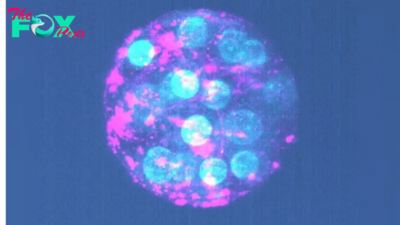Health
'You probably didn't inherit any DNA from Charlemagne': What it means when your DNA 'matches' a historic person's
In 2022, we reported the DNA sequences of 33 medieval people buried in a Jewish cemetery in Germany. Not long after we made the data publicly available, people started comparing their own DNA with that of the 14th-century German Jews, finding many "matches." These medieval individuals had DNA fragments shared with thousands of people who have uploaded their DNA sequence to an online database, the same way you share DNA fragments with your relatives.
But what type of a relationship with a medieval person does a shared DNA fragment imply?
It turns out, not too much that will help with your family roots research.
We are population geneticists who work with ancient DNA. We understand how exciting it can be to find a genetic link to particular people who lived many generations ago. But these DNA matches aren't the tight ties you may be imagining. Here's how it works.
Sequencing DNA from those who lived long ago
Ancient DNA is a new and rapidly growing field, with a Nobel Prize awarded in 2022 to Svante Pääbo for his foundational work.
Using samples taken from skull bones or teeth, aDNA researchers can sequence the DNA of people who lived as far back as 100,000 years ago. More than 10,000 ancient DNA sequences, or genomes, are currently available. These genomes, which come from all corners of the world, have dramatically revolutionized scientists' understanding of human origins.
A new trend in ancient DNA is sequencing the genomes of "historical" individuals: those who have lived during the past millennium.
-

 Health2h ago
Health2h agoThe Surprising Benefits of Talking Out Loud to Yourself
-

 Health4h ago
Health4h agoDoctor’s bills often come with sticker shock for patients − but health insurance could be reinvented to provide costs upfront
-

 Health10h ago
Health10h agoHow Colorado is trying to make the High Line Canal a place for everyone — not just the wealthy
-

 Health19h ago
Health19h agoWhat an HPV Diagnosis Really Means
-

 Health1d ago
Health1d agoThere’s an E. Coli Outbreak in Organic Carrots
-

 Health1d ago
Health1d agoCOVID-19’s Surprising Effect on Cancer
-

 Health2d ago
Health2d agoColorado’s pioneering psychedelic program gets final tweaks as state plans to launch next year
-

 Health2d ago
Health2d agoWhat to Know About How Lupus Affects Weight


























